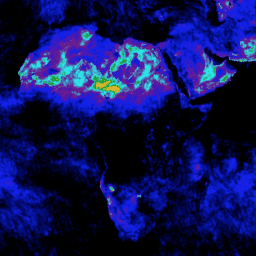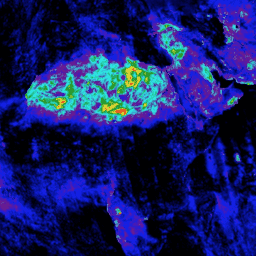AI-generated Key Takeaways
-
These datasets provide high-resolution imagery of the UV Aerosol Index (UVAI), also called the Absorbing Aerosol Index (AAI).
-
The AAI is determined by analyzing wavelength-dependent changes in Rayleigh scattering within the UV spectrum using a pair of wavelengths.
-
Two versions of the dataset are available: Near Real-Time (NRTI) and Offline (OFFL).
-
The datasets are relevant to areas including aerosol, air quality, atmosphere, Copernicus, and ESA.
-
Sentinel-5P NRTI AER AI: Near Real-Time UV Aerosol Index

NRTI/L3_AER_AI This dataset provides near real-time high-resolution imagery of the UV Aerosol Index (UVAI), also called the Absorbing Aerosol Index (AAI). The AAI is based on wavelength-dependent changes in Rayleigh scattering in the UV spectral range for a pair of wavelengths. The difference between observed … aai aerosol air-quality atmosphere copernicus esa -
Sentinel-5P OFFL AER AI: Offline UV Aerosol Index

OFFL/L3_AER_AI This dataset provides offline high-resolution imagery of the UV Aerosol Index (UVAI), also called the Absorbing Aerosol Index (AAI). The AAI is based on wavelength-dependent changes in Rayleigh scattering in the UV spectral range for a pair of wavelengths. The difference between observed and … aai aerosol air-quality atmosphere copernicus esa